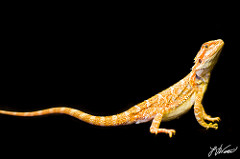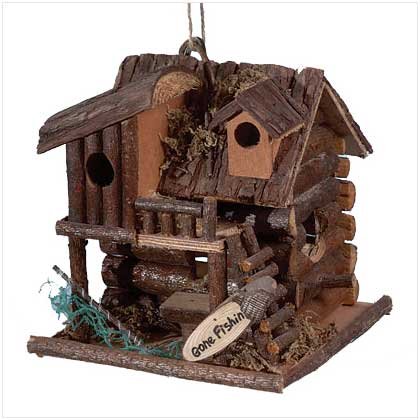In this article we discuss the tests that should be considered in a variety of different cases, or what we refer to as a sick bird decision tree.
First of all, is there any chance this could be a contagious infectious disease? In order for this to be the case, the bird must have been around other birds in the relatively recent past. If, for instance, the bird was just purchased from a pet store, it is very likely it came into contact with other birds before or during its stay at the store making infectious disease more likely.
Has the bird been exposed to an environmental toxin such as zinc or lead, or an inhaled toxin such as smoke or paint fumes?
What does the bird eat? Note that this is frequently not the same as what the bird is fed. Could the illness be diet related?
Could this be a reproductive problem?
Is there any evidence of organ disease such as heart, liver, kidney, or pancreas? Could there be a mass or tumor?
If the bird has been around other birds in the relatively recent past or is from a pet store, bird auction, breeder, or aviary within the last several months then testing for infectious diseases comes first. This includes a fecal float, fecal smear, fecal gram stain, choana gram stain, Chlamydia test, bacterial culture and sensitivity when indicated, testing for other specific infectious diseases when indicated, and a blood count or profile (a profile includes a complete blood count and a complete set of biochemical tests).
If the bird is being introduced into a home with other birds, an aviary, or a boarding facility, then testing for Polyomavirus and Psittacine Beak and Feather disease is also included. This is true for especially valuable or expensive birds also. Sexing can be submitted at the same time. Whenever infectious disease seems unlikely, the single most useful test in assessing the bird’s health is the profile; but a fecal float, fecal smear, fecal gram stain, choana gram stain, and Chlamydia test may be recommended. X-rays are extremely helpful in the investigation of any sick bird.
Birds showing symptoms such as twitching, dizziness, lethargy, seizures, falling, or even lameness may be suffering from heavy metal toxicity. Blood can be submitted to test for Zinc and Lead levels.
Chronically ill birds may have fungal cultures or titers run. In many cases, the use of Protein Electrophoresis is useful to characterize the nature of a chronic disease process. Whenever we notice a swelling or lump, aspiration and cytology is recommended to determine if there are tumor cells present.
Birds who are picking at themselves or who have lesions on the skin may need a skin scraping, impression cytology, or biopsy
If your bird has regurgitated or passed undigested food, X-rays including a GI contrast study should be performed to screen for Proventricular Dilatation Disease and other diseases that cause these symptoms.
Birds presenting with respiratory distress should be handled as little as possible. It is possible to take X-rays, to Transilluminate the trachea, and to examine the interior of the trachea to check for obstruction.
Sneezing, swelling or redness around the face or eyes is an indication for irrigation of the nasal cavity and collection of samples for wet mount, gram stain, culture, and Chlamydia testing. Whenever indicated, we can perform endoscopy to examine the interior of the trachea, abdomen, and air sacs for biopsy, culture, or cytology.
Whether infections or non-infectious, the most common problems we see involve the Gastrointestinal or Respiratory tract, are nutritional in nature, or have a behavior or psychological component.

 The Dominique Chicken
Poultry BreedsThe DominiqueT
The Dominique Chicken
Poultry BreedsThe DominiqueT
 Bird on a Branch: The Great Blue Heron
Credit: Anrod52 Photos
A Great Blue Heron is a
Bird on a Branch: The Great Blue Heron
Credit: Anrod52 Photos
A Great Blue Heron is a
 Investigating Speedy Systems For Alligator
Alligators would be the most dangerous from the exotic pets
Investigating Speedy Systems For Alligator
Alligators would be the most dangerous from the exotic pets
 Pet Varieties That Dont Drop
Aside from serious behavioral problems, such as aggression,
Pet Varieties That Dont Drop
Aside from serious behavioral problems, such as aggression,
 Bird Houses For Sale
Buyer and seller tips when looking for bird ho
Bird Houses For Sale
Buyer and seller tips when looking for bird ho